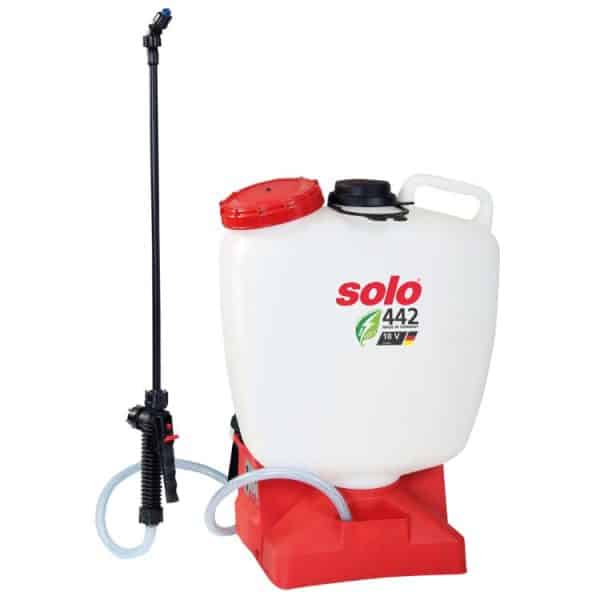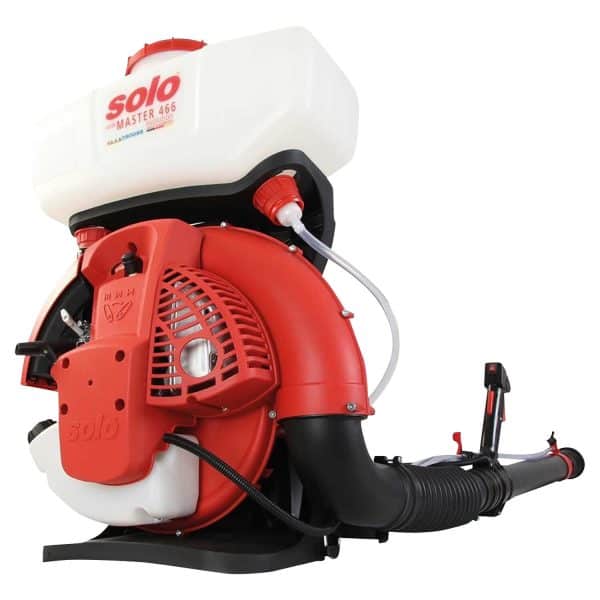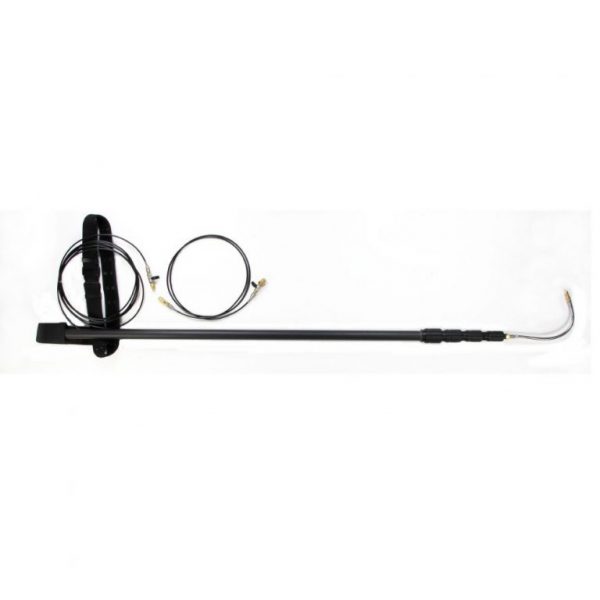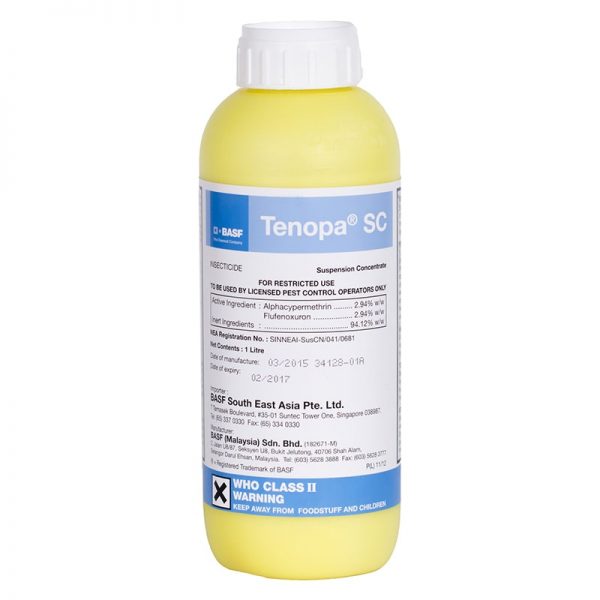SPIDERS
SPIDER FACTS
Fear of spiders, arachnophobia is consistently ranked as one of the top phobias around. Spiders have a reputation of creepy, crawly and venomous creatures with images of the fearsome tarantulas, black widow and other gigantic spiders attack. The fact is spiders are mostly misunderstood. Only a handful are dangerous to humans.
Spider is not an insect but arachnids which refer to invertebrates that have four pairs of legs and two segmented body parts. They include scorpions and mites. There are actually over 800 species of spiders found in Singapore. Most spider species have eight eyes, though some have six. Despite all of those eyes, though, many don’t see very well. The vast majority of spiders are harmless and play an important role in controlling insect populations.
Most species are carnivorous, either trapping flies and other insects in their webs, or hunting them down. They cannot swallow their food as is, they inject their prey with digestive fluids, then suck out the liquefied remains. Most species use their venom on its prey rather than humans. Although spiders are harmless, their bites may cause localised pain, redness and swelling. In addition, humans can have allergic reactions which include feelings of nausea, dizziness and in some extreme cases, necrosis.
There are 4 main types of webs used to identify spiders such as funnel, tangled, sheet, and orb (most common). Many spiders do not hunt but spin webs to catch their prey. While others use their strong, flexible protein fiber (silk) for many different purposes such as to climb, to tether themselves for safety in case of a fall, to create egg sacs, to wrap up prey, to make nests, and more.
The problems with house spiders are that they reproduce too quickly, and you may find yourself in a never-ending battle to remove cobwebs. Any place that is near an insect-attracting light is prime real estate for spiders. The stray spider cobweb left behind is sticky and a magnet for pollen, dust particles, and other debris.
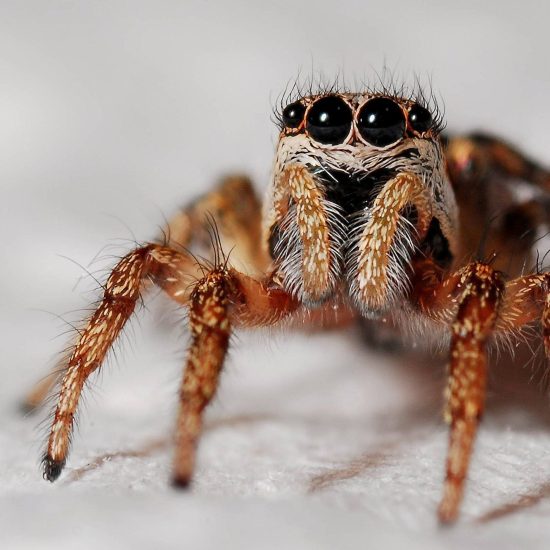
METHOD OF TREATMENT FOR SPIDERS
Species such as house spiders and cellar spiders pose no health threat to people. They do not posse very strong mouthparts, so if they tried to bite, they are unable to pierce the skin. These spiders are simply nuisance pests, but they cause nuisance by spinning cobwebs.
Spider infestation can be treated using an integrated approach simply by sealing crack and crevices around the house, removing clutter inside and outside of homes, turn off or replacing with a dimmer lights that is attracting flying insects which is a food source for spider and chemical control.
Spiders are highly mobile and quickly repopulate any area from which they have been eliminated. And spider well protected egg sacs are relatively impervious to pesticides. A thorough vacuuming followed by a direct contact spray with residual that serve as a barrier treatment around the perimeter of the house to prevent spider entry. Spray at areas where spiders are known to occur and at their webbings.

SIGNS OF SPIDER INFESTATION
A spider infestation can be identified by:
- Spider webs
- Spider egg sacks
- Spiderlings disperse by walking, ballooning and bridging.
- Some spiders hide in crevices rather than using web to catch food.
- Spiders feed on other insects– such as ants, flies and even other spiders. When there is food sources of insects around, there will be spiders.

TYPES OF SPIDER
Daddy-long-legs spiders are easily recognised by their extremely long, skinny legs and small body. They are cream to pale brown. Some species have darker markings on their legs and abdomen. The Pholcidae are a family of araneomorph spiders. The family contains over 1,800 individual species of pholcids, including those commonly known as cellar spider, daddy long-legs spider, carpenter spider, daddy long-legger, vibrating spider, gyrating spider, long daddy, and skull spider. Daddy long leg is also the also the common name for several other arthropod groups, including harvestmen and crane flies.
They are found in most urban areas, in particular houses. They make a thin, tangled web in sheltered positions were they are unlikely to be disturbed, such as under furniture, behind doors, in the corner of the ceilings, in sheds, in garages and under decks. Its successful use of these human-made structures has made it one of the most common spiders in this region. When the Daddy-long-legs Spider is disturbed in the web it responds by setting up a very fast, spinning motion, becoming a blur to anyone watching.
Some of the other commonly seen spiders around homes and businesses in Singapore are the Kidney Garden Spider, the Wolf Spider, Tarantulas, Widows, and the Domestic Huntsman Spider.
These are the common spider group found in Singapore:
- Daddy-Long-Leg Spiders (Pholcidae)
- Orb-Web Spiders (Araneidae)
- Big-Jawed Spiders (Tetragnathidae)
- Comb-Footed Spiders (Theridiidae)
- Feather-Legged Spiders (Uloboridae)
- Spitting Spiders (Scytodidae)
- Jumping Spiders (Salticidae)
- Wandering Spiders (Ctenidae)
- Sac Spiders (Clubionidae)
- Crab Spiders (Thomisidae)
- Huntsman Spiders (Sparassidae)
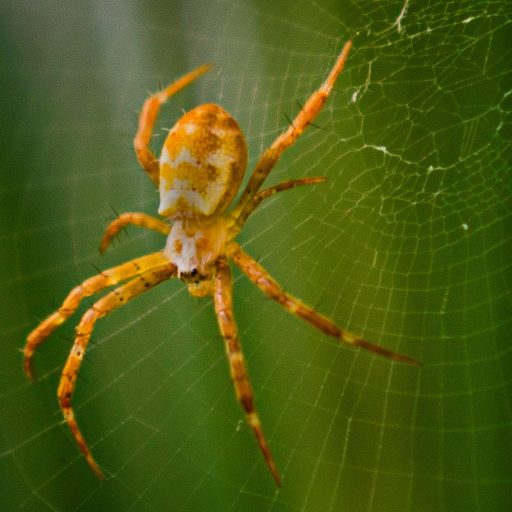

 CHEMICALS
CHEMICALS
